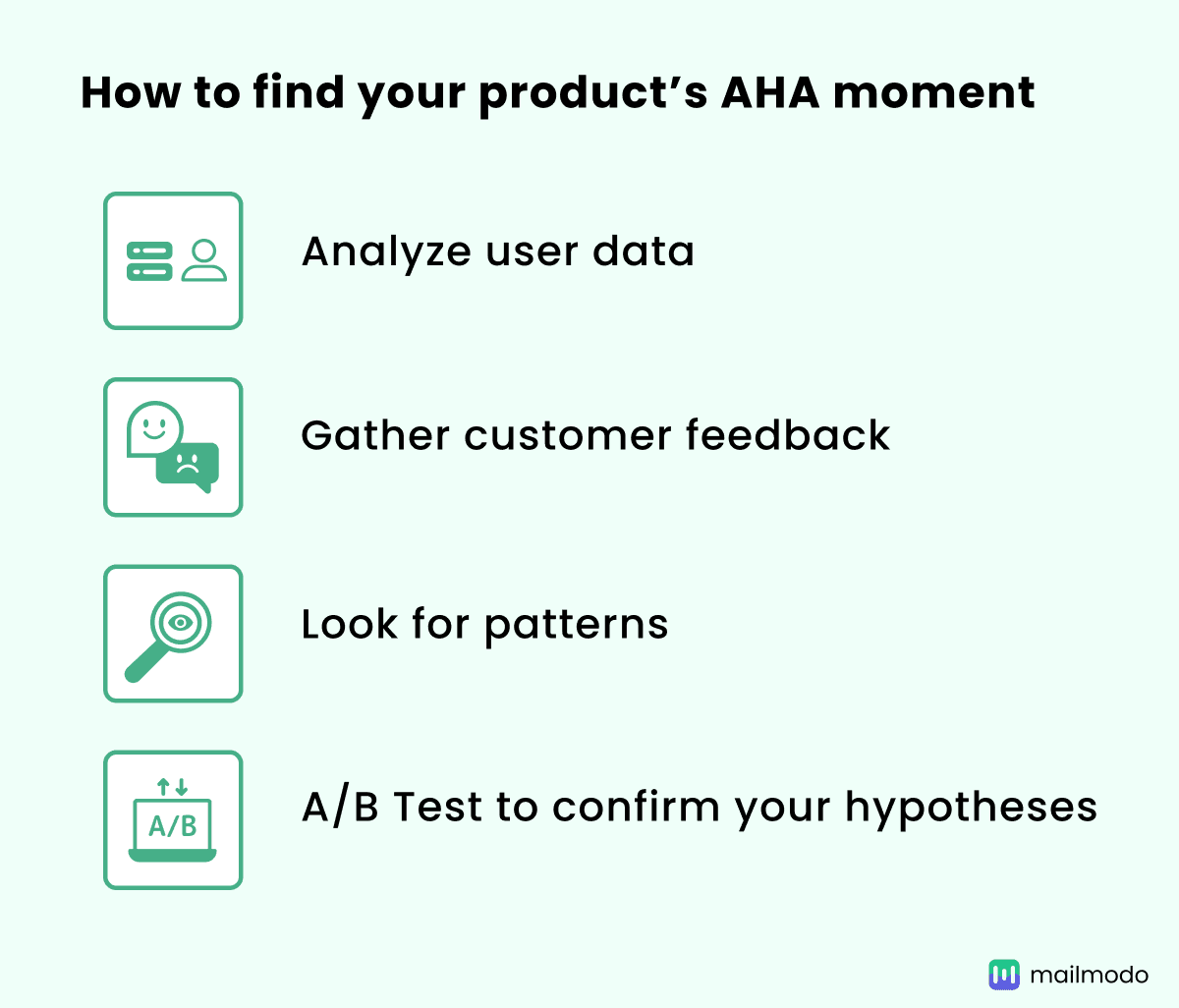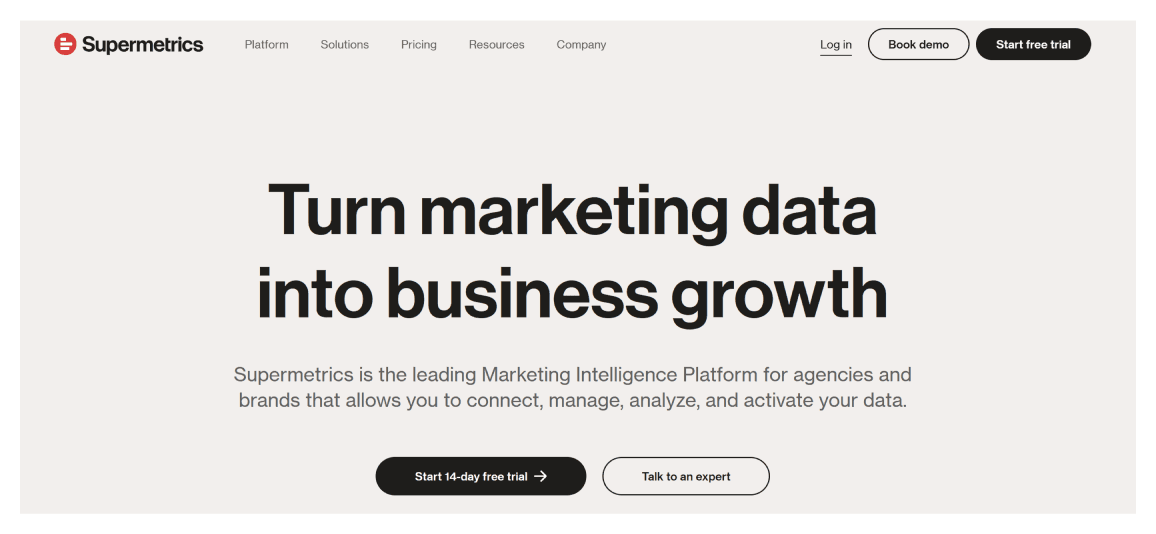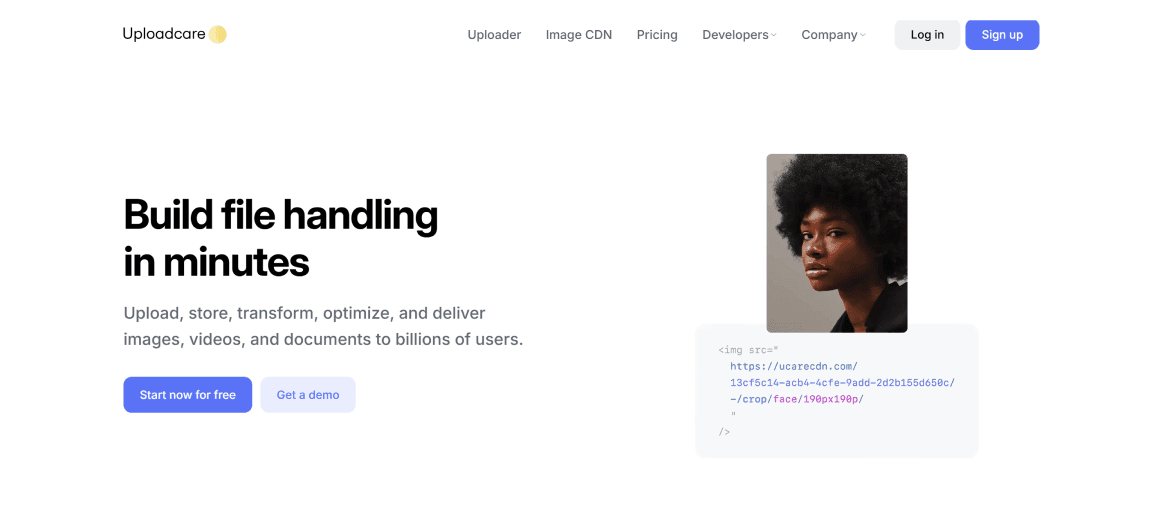What is an aha moment?
The aha moment of a product is the point at which users experience a powerful, satisfying realization of its core value or unique benefit. It’s when they truly understand how the product solves their problem or meets their need, making them more likely to continue using it.
Imagine a potential customer interacting with your product. They might be exploring and clicking around, trying to figure out how to complete a task, and then suddenly, they realize they can do that easily with the help of your product. This is the moment they realize how perfectly your product or service directly addresses their problem or meets their need. For businesses, it's all about crafting these moments that make a customer think, “This is exactly what I need.”
The psychology behind aha moments
Aha moment is a psychological concept. It’s that "lightbulb" moment when everything clicks, and suddenly, a complex idea becomes crystal clear, or you find the way to solve the problem you’ve been trying to solve. You might have heard it be called an "epiphany" or even the "eureka moment," like when Archimedes figured out how to measure volume in the bathtub!
But why does this sudden insight feel so powerful? Let’s dive into the psychology behind it:
Insight learning: This is a type of learning when the solution to a problem just clicks after contemplation. It’s like connecting the last piece of a puzzle—the "I get it!" feeling.
Dopamine release: When you experience an aha moment, your brain releases a chemical called dopamine—the brain's "feel-good" chemical. It makes you feel satisfied and eager to keep using the product.
Cognitive ease: The brain loves simplicity. When a product solves a problem in a straightforward way, users experience cognitive ease. It just makes sense, reducing frustration and building a positive connection with the product.
Emotionally charged memory formation: Emotional experiences stick in our memory more than neutral ones. The positive emotions tied to an aha moment make it easier for users to remember the product’s value, keeping them engaged long after that moment.
Commitment and consistency: The aha moment often creates a sense of commitment. Once users see how the product personally benefits them and how they can get that benefit consistently, they’re more likely to stick with it.
In short, an aha moment doesn’t just offer instant clarity—it triggers a series of psychological responses that can turn a user into a loyal advocate of your product.
Why are Aha moments important?
Aha moments are essential for businesses looking to foster deeper, lasting relationships with their customers. When these moments happen, they drive critical outcomes that contribute to product success. Here’s why aha moments are so impactful:
- Increases engagement and retention: Aha moments strengthen user connection and loyalty, making them more likely to engage frequently, continue using the product, and even recommend it to others, ultimately increasing retention and long-term stickiness.
- Builds loyalty and emotional connection: These moments help users understand the product’s value, creating satisfaction and delight that fosters a positive emotional connection with the brand and the product that encourages long-term loyalty.
- Reduces churn: Many users abandon products before even realizing their full value. A well-timed aha moment highlights the product’s benefits early in the customer journey, reducing the likelihood of users leaving due to frustration or confusion.
- Improves conversion rates: Aha moments boost conversions by clearly demonstrating how the product addresses a user’s specific pain point or need. When users realize the value the product provides in solving their problem, they are more likely to commit and upgrade to a paid plan, increasing the likelihood of turning them into paying customers.
- Encourages word-of-mouth and referrals: When users experience a strong aha moment, they’re more likely to recommend the product to others. Positive, memorable experiences motivate users to share their excitement, generating organic growth through word-of-mouth marketing.
- Optimizes user experience: Designing with the aha moment in mind helps focus on simplifying and guiding the user experience. This focus on clarity and ease ensures that users get more value and easily, reducing friction and enhancing satisfaction. It also gives your development teams guidance on what they want to work towards.
💡 Related guide: 10 Best eCommerce Conversion Rate Benchmarks to Look For
How to find your product’s aha moment
To effectively identify your product’s aha moment, focus on when users recognize the value of your product. Here's a more detailed look at the methods you can use to find the aha moment for your product.

1. Analyze user data
Observing how users interact with your product is key to identifying the aha moment. Start by digging into user analytics tools and track behaviors like frequently used features, time spent, and task completions like sign-ups or upgrades to pinpoint when users discover your product’s core value. These insights reveal which actions drive users toward that crucial realization.
2. Gather customer feedback
The next step is user feedback, which can help provide critical insight into what they find most valuable about your product. Surveys, reviews, or customer interviews can help you gain valuable insights into what aspects of your product stand out. Ask questions like:
- What problem does our product help you solve?
- When did you first feel like this product was a good fit for you?
- What features or functions did you find most helpful early on?
- What made you go from a free trial to a paid plan?
One of the most engaging ways to collect customer feedback is through interactive emails. With Mailmodo, for instance, you can easily create and send survey forms that recipients can fill out and submit right within the email—no need to leave the inbox. The best part? It doesn’t require any coding, making it a simple and effective tool for businesses to gather meaningful insights from their audience.
Create and send AMP emails without coding in minutes
3. Look for patterns
Study the behavior patterns in long-term, retained users and users who converted from free to paid plans and identify common behavior patterns. This is a great way to identify users' actions and behaviors before they convert.
Comparing these patterns with those of churned users—examining differences in engagement and interactions—helps pinpoint what keeps users engaged and what causes them to leave. This insight allows you to optimize the user experience and refine retention strategies, fix what’s causing the users to churn, and double down or reinforce what’s going right.
4. A/B Test to confirm your hypotheses
Discovering the aha moment often involves experimentation. Test various onboarding flows, feature introductions, and tutorials to see which drives stronger engagement. A/B testing can reveal which approaches and which versions of each approach help users reach their aha moment faster, allowing you to identify the most effective strategies to go with.
How to lead your customers to their “Aha” moment
Once you've identified your product's aha moment, you can create strategies to guide customers toward it, ensuring a positive experience and increasing the likelihood of their own aha moments. Here's how you can do that:
User segmentation
Segmentation allows you to tailor the user journey for specific groups, increasing the likelihood that they’ll quickly understand your product's value.
- Programmatically-driven segmentation: Programmatic segmentation ensures that users encounter the features that align with their specific goals and challenges, speeding up the path to their aha moment.
By using data-driven tools like Clearbit, you can create personalized user experiences by grouping different types of users into segments based on attributes such as demographic information, job title, company size, or industry. This approach helps create a highly personalized experience.
- Self-selection: Another approach is to allow users to define their own journey. For example, Duolingo customizes onboarding by letting users select their skill level and goals. This approach ensures users engage with relevant features from the start, helping them reach their aha moment quickly. Allowing users to guide their experience increases the chances of discovering value, as they’re presented with content that meets their immediate needs.
Product tours
Product tours are an excellent way to guide users toward high-value features, especially those known to increase retention and engagement. By showcasing essential tools and features and answering any common questions that users might have, product tours can lead users to their aha moment.
Canva, for instance, uses an interactive product tour to guide new users through key features like templates, drag-and-drop designing, and use of brand kits, showcasing its ease of use. This helps users quickly create professional designs. By removing learning barriers and highlighting the product's benefits, Canva increases user engagement and encourages return visits.
Embed tooltips within your product to provide helpful, context-specific suggestions through pop-ups or slide-out banners. These tips appear at key moments, offering guidance on how to use features or complete tasks more effectively. By presenting actionable advice in real-time, tooltips help users navigate the interface with ease, reduce confusion, and accelerate their learning. This not only enhances the overall user experience but also ensures tasks are performed more efficiently, increasing user satisfaction and engagement.
Examples of aha moments
Below are some examples of how different companies have crafted these pivotal experiences for their users.
Trainual

Trainual helps businesses document, delegate, and train employees. Its aha moment comes when business owners realize they can fully automate the onboarding and training process, allowing them to focus more on what truly matters—company culture and building strong connections.
During its beta phase, Trainul saw one business go from 3 to 30 locations, another expand from 2 to 200 employees, and several others have major boosts in revenue.
When Trainual asked these early users what contributed most to their success, they pointed out that it was how the platform streamlined their training and operations that made a major impact.
Trainual monitors key actions like content creation, team onboarding, and how effectively knowledge is transferred within the app. Trainual’s Customer Success team provides personalized guidance throughout the setup process to ensure new users make the most of these features. This hands-on support helps users maximize Trainual’s potential right from the start.
Supermetrics

Supermetrics is an API tool that connects data from various marketing platforms, making it easier for businesses to automate data collection, analysis, and reporting. The aha moment for users comes when they run their first query and watch their data populate in Google Sheets or Data Studio. This "magic moment" shows just how simple and powerful Supermetrics is, as users experience automated data retrieval in action.
Supermetrics found that there’s a strong connection between how quickly users run their first query and their likelihood of converting from a free trial to a paid subscription. This initial experience serves as a clear aha moment, signaling the value of the product.
Supermetrics focuses on two key metrics: "time to run first query" and "total queries run." To help users reach that moment quickly, Supermetrics uses email-driven onboarding workflows, along with support guides and in-product guidance, ensuring a smooth journey to discovering the full potential of the tool.
Uploadcare

Uploadcare is a file management platform and CDN for user-generated content offering a powerful API for uploading, managing, processing, optimizing, and delivering files. Users' aha moments occur when they see how the platform adapts to their specific business needs, optimizes image load times, and adjusts images in real time based on factors like location, browser, and connection type. These moments were identified by studying new user behavior during initial sessions. During their first sessions, several important behavior patterns emerged.
Uploadcare tracks two key metrics: Time to Value and the conversion rate from sign-ups to active users. These moments are carefully integrated and tested throughout the entire customer journey—measuring their effect across each stage of the AAARRR funnel (Awareness, Acquisition, Activation, Revenue, Retention, Referral). This ensures that every step contributes to both user satisfaction and product growth.
Final words
Understanding the power of the aha moment reveals how a product can truly connect with users. These moments go beyond a single realization; they create lasting, personal experiences that keep users coming back. Thoughtfully crafted aha moments make users feel understood and empowered, helping businesses build lasting relationships, inspire loyalty, and drive engagement. Ultimately, investing in these moments shows users not just what your product does but why it matters to them.















